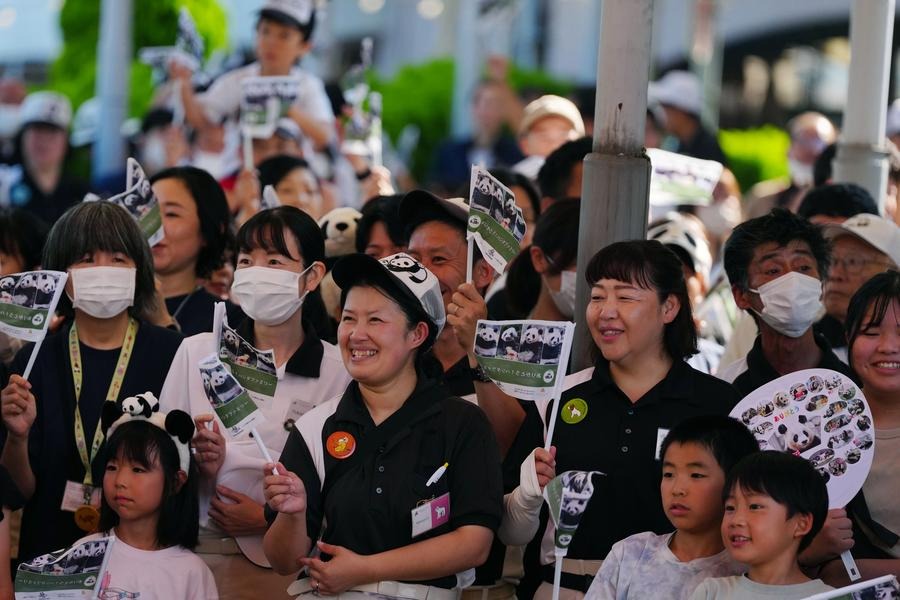Have we found the Holy Grail of genetic engineering?

Since its introduction four decades ago, genetic engineering has been a source of high hopes for health, agriculture, and industry.
The genome can be viewed as a kind of musical score. Just as sheet music tells musicians in an orchestra when and how to play, the genome tells the cell's component parts (generally proteins) what they must do. A score may also include notes from the composer, showing possible changes, frills that can be added or omitted depending on the circumstances. For the genome, such "notes" emerge from cell survival over many generations in an ever-changing environment.
The DNA genetic program is akin to a fragile book: the order of its pages can change, with some even being moved to another cell's program. If a page is, say, laminated, it is less likely to be damaged as it is moved around. Likewise, elements of a genetic program protected by a solid coating are better able to invade a variety of cells, and then to reproduce as the cell reproduces.
Now scientists have figured out how to replicate the process-the Holy Grail of genetic engineering for nearly 50 years.
A new technique, CRISPR-Cas offers both precision and the ability to modify the genome text at several places simultaneously and to correct problems in the genome-the equivalent of typos in a written text. For example, in the case of cancer, we would want to destroy those genes that allow the multiplication of tumor cells. We are also interested in introducing genes in cells that never gained them by natural genetic transfer.
There is nothing new about these objectives. But with CRISPR-Cas, we are far better equipped to achieve them. Previous techniques left traces in the modified genomes, contributing, for example, to antibiotic resistance. A mutation obtained by CRISPR-Cas, in contrast, is not distinguishable from a mutation that emerged spontaneously. That is why the US Food and Drug Administration has ruled such constructs do not need to be labeled genetically modified organisms.
Previous techniques were especially arduous if one needed to modify several genes, because the process would need to occur sequentially. With CRISPR-Cas, the ability to perform genome modifications simultaneously has already enabled the creation of fungi and apples that do not oxidize, or turn brown, when they come into contact with air-a result that required several genes to be deactivated simultaneously. Such apples are already on the market, and are not considered genetically modified organisms.
Other applications are in development. The so-called gene drive procedure for manipulating the genome could diminish the harm caused by disease-carrying insects. Targeted modification of gametes in mosquitoes would render them incapable of transmitting a virus or parasite.
But the application of CRISPR-Cas must be approached with care. While the technology should prove a boon in the fight against many deadly diseases, it also implies serious-and potentially entirely unpredictable-risks. For starters, because genomes multiply and spread with reproduction, modifying an entire population would require modifications to only a limited number of individuals, especially if the organism's lifecycle is short.
Moreover, given the ubiquity of hybridization among neighboring species, it is possible that the modification of a mosquito species would also spread progressively and uncontrollably to other species. Analysis of animal genomes shows that such events have taken place in the past. And, if modifying a mosquito population is dangerous, there is no telling what could happen if we modify human cells without doing due diligence.
CRISPR-Cas technology is poised to change the world. The imperative now is to ensure that those changes are positive.
The author is an honorary professor at the School of Biomedical Sciences at the Li Ka Shing Faculty of Medicine, University of Hong Kong, and honorary professor and senior scientific adviser at the China National GeneBank.
Project Syndicate

































